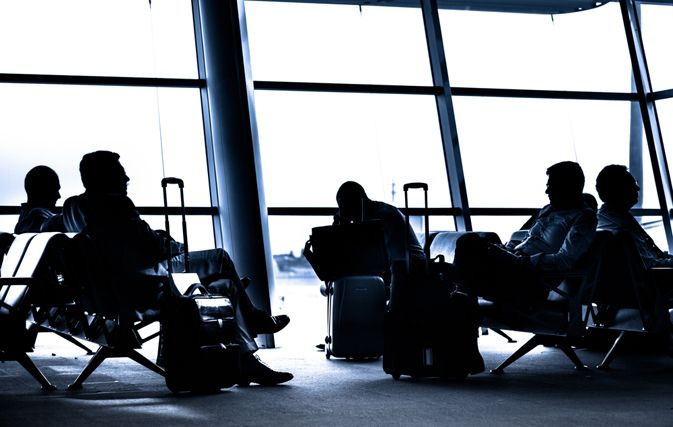MONTREAL — The federal border agency is not moving fast enough to fill staff shortages that have bogged down airport traffic and revved up passenger frustration, says the union representing customs officers.
“With no end in sight to delays affecting travellers at airports and border crossings across the country, it’s clear the Canada Border Services Agency (CBSA) has no plan to get travel back on track any time soon,” the Customs and Immigration Union said in a release Monday.
The federal government has been scrambling to respond to scenes of endless lines, flight delays and daily turmoil at airports, a problem the aviation industry — and now unions — blame on a shortage of federal security and customs agents.
The agency’s “summer action plan,” which imposes mandatory overtime and suspends non-essential training, amounts to “poorly planned half-measures” without long-term solutions, the union said.
It is calling on the CBSA and Public Safety Minister Marco Mendicino to increase the number of border officers and commit to a long-term plan addressing travel delays amid the labour crunch.
The union’s demand for between 1,000 and 3,000 more hires comes after it wrapped up its first round of bargaining with Ottawa over a new collective agreement. The negotiations kicked off on the cusp of peak travel season, with problems of clogged airports and border crossings poised to increase.
The CBSA has said it is making more workers and student officers available, along with additional automated kiosks in Toronto’s Pearson airport customs area.
“In response to the recent delays related to the increase in travel during the spring and summer, the CBSA is marking significant additional efforts and adding resources to plan and prepare for various peak periods. Considerable analysis is done to inform the need for resources that will be required to address projected trends and patterns,” Audrey Champoux, a spokeswoman for the public safety minister, said in an email.
Earlier this month, Ottawa suspended randomized COVID-19 testing at airports — a process that slowed the flow of passengers — and added more public-health staff to verify travellers have completed their ArriveCan app submissions upon landing.
Wait times in security lines have decreased since mid-May, with between 84 per cent and 91 per cent of passengers now screened within 15 minutes at the country’s four biggest airports — Toronto, Montreal, Vancouver and Calgary — Transport Canada said last week.
Former Air Canada chief operator Duncan Dee says the slight improvement in processing times owes to airlines asking passengers to show up up to three or four hours before departure, which smooths out the peaks and valleys of daily traffic.
Union president Mark Weber said kiosks fail to make up for the major decrease in front-line airport officers since 2016.
“The other thing with those machines is the amount of real estate that they’re taking up within the airport,” meaning fewer arriving passengers can file into the customs hall and forcing planes to idle longer on the tarmac, he said in an interview.
“Summer is a season, it’s not an emergency. We don’t understand how the situation we have now wasn’t entirely predictable and not addressed before we get to this kind of desperate situation.”
The bottlenecks are mounting despite passenger volumes at land crossings and airport customs sitting at about three-quarters of pre-pandemic levels, Weber said.
Land checkpoints are not exempt from the delays hitting Canada’s biggest airports, with “significant wait times” at busy crossings, he added.
“At our busiest ports, somewhere like Windsor, it’s not rare to see two-, three-hour wait times for cars to get through.”
The Canadian Air Transport Security Authority did forecast a major spike in travel this year, the dearth of airport screeners in spring notwithstanding. “CATSA expects to screen 43.5 million passengers in 2021-22 and 58.4 million passengers in 2022-23” — versus seven million in 2020-21 — reads a summary of the authority’s annual corporate plan, posted to its website Feb. 2.
“Due to the fluid nature of the pandemic situation, these projections are not static, and are updated upwards and downwards regularly,” CATSA spokeswoman Suzanne Perseo said in an email.
She said it began to ramp up hiring efforts last year, taking on more trainers and deploying new recruits without full security clearance to check boarding passes in the queues.
On the customs front, the Canada Border Services Agency College in Rigaud, Que., typically takes about 18 weeks to train fresh officers, Weber said.
“The maximum number of new recruits that we can get through that system is 400 and change,” he said. “Those numbers coming out were barely covering attrition.”
“If we’re not hiring more people, we’re going to be having the same conversation this time next year.”

